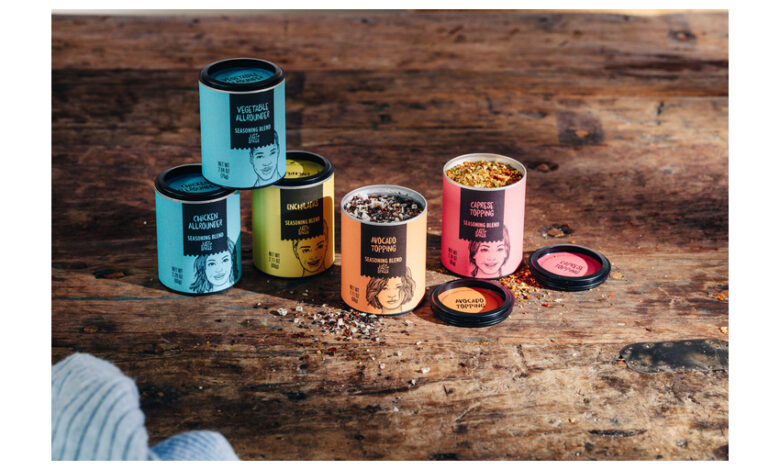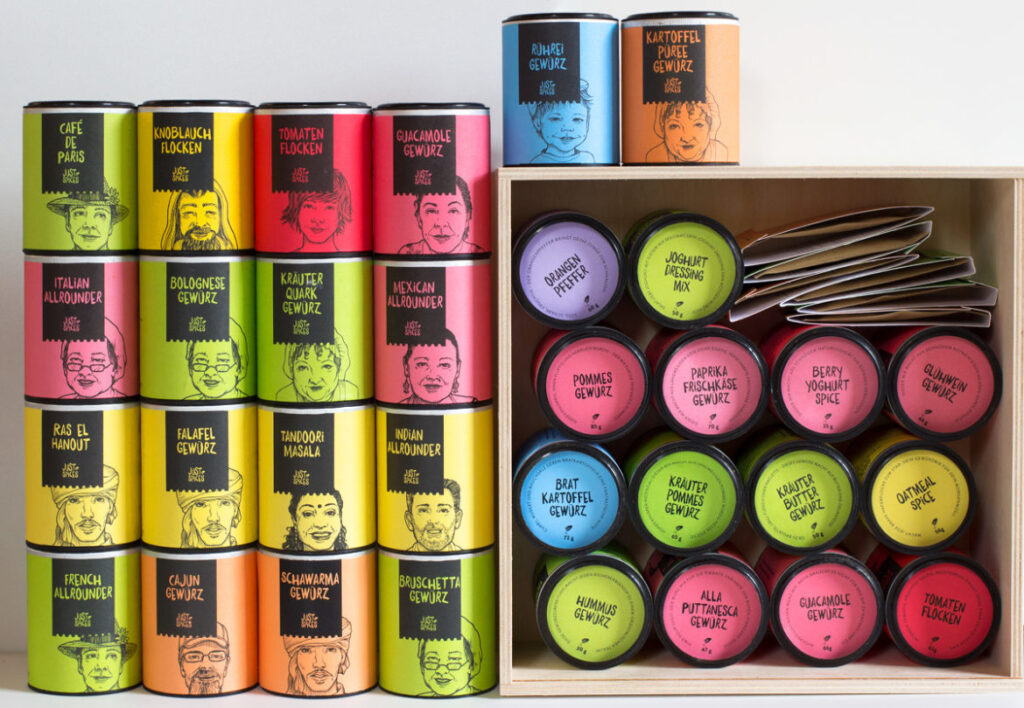Boosting Culinary Creativity

The Role of Spices in Culinary Creativity
Spices play a crucial role in culinary creativity by serving as powerful tools to enhance flavors, create depth, and make dishes more interesting. Here are some aspects that explore the role of spices in culinary creativity:
- Enhancing Flavors: Spices have the ability to elevate the taste of ingredients, transforming ordinary dishes into extraordinary culinary experiences. They impart complexity, richness, and finesse to flavors, creating a symphony of tastes that captivate the palate. Delve into the various ways spices can enhance and intensify the natural taste of ingredients.
- Inspiring Innovation: Spices can spark culinary creativity by igniting new ideas and inspiring innovative dishes. They offer a variety of flavor profiles, aromas, and textures that can be combined in endless ways, enabling chefs and home cooks to create unique recipes and experiment. Explore how spices act as catalysts for culinary reinvention and exploration.

- Creating Flavor Profiles: Different spices possess distinct flavor profiles, ranging from earthy and warm to vibrant and pungent. Understanding the characteristics of various spices and how they interact with different ingredients allows chefs to develop complex and balanced flavor profiles. Discuss how spices contribute to creating signature dishes and culinary styles.
- Cultural Influence: Spices are closely linked to cultural culinary traditions, reflecting the diverse flavors and techniques of various regions around the world. Explore the role of spices in specific cuisines, such as Indian, Moroccan, or Mexican cuisine, and how they contribute to the unique identity of these culinary traditions. Discuss how incorporating spices from different cultures can lead to intercultural fusion and innovative dishes.
- Experimenting with Spice Blends: Blending spices is an art that offers endless possibilities in culinary creation. Examine the process of creating spice blends and how chefs and spice companies, like Just Spices, skillfully combine spices to achieve harmonious flavor combinations. Discuss the techniques and considerations involved in crafting balanced and versatile spice blends.
- Balancing Spice Intensity: Spices vary in intensity, from mild to fiery hot. Understanding how to balance and control the heat and spiciness of dishes is crucial to culinary creativity. Explore techniques for adjusting spice levels, such as using complementary ingredients to mellow out the heat or layering spices to build complexity.
- Unconventional Spice Use: Spices can go beyond their traditional roles and be used in unexpected ways in dishes to unleash creativity. Investigate how chefs incorporate spices into desserts, beverages, and unconventional savory dishes to create surprising and delicious flavor combinations.
- Pairing Spices with Ingredients: Discuss the art of pairing spices with specific ingredients to maximize their flavor potential. Explore how spices can enhance the natural qualities of ingredients, create harmonious flavor profiles, or provide contrast and balance in dishes. Share tips and techniques for successfully combining spices and ingredients.
- Personal Expression: Spices offer chefs and home cooks the opportunity to infuse their unique style into dishes. Explore how spices can reflect culinary style, cultural heritage, or personal preferences, and how they contribute to the overall experience and enjoyment of food.
- Inspiring Food Presentation: Spices not only enhance taste but also contribute to the visual appeal of dishes. Discuss how spices can be used as garnishes, toppings, or colorful accents to enhance the presentation of culinary creations, arousing visual interest and enticing guests.
By exploring the role of spices in culinary creativity, you can discover a world of flavors that unleash imagination and create dishes that captivate both the taste buds and the senses.

Techniques for Pairing Spices
Spice pairing techniques are essential for creating balanced and harmonious flavor profiles in culinary creations. Here are some spice pairing techniques to explore:
- Complementary Combinations: Certain spices naturally complement each other, enhancing and harmonizing their flavors. Explore classic spice combinations such as cinnamon and nutmeg, cumin and coriander, or basil and oregano. Understand the flavor profiles of different spices and experiment with combinations that complement and balance each other.
- Contrasting Combinations: Pairing spices with contrasting flavors can create a delicious balance in dishes. For example, combining the warmth of ginger with the freshness of lemon or the spiciness of chili with the sweetness of cinnamon. Discover how contrasting flavors can add complexity and excitement to your culinary creations.
- Regional and Cultural Combinations: Different cuisines have their own traditional spice pairings that have stood the test of time. Explore the spice combinations used in specific regional cuisines, such as Indian, Thai, or Middle Eastern cuisine, and understand how they contribute to the characteristic flavors of these culinary traditions.
- Ingredient-Based Combinations: Consider the ingredients you’re working with and select spices that complement their flavors. For instance, pairing rosemary with lamb, thyme with chicken, or cardamom with citrus fruits. Experiment with different spice and ingredient combinations to find harmonious pairings that enhance the natural qualities of each ingredient.
- Layering of Flavors: Layering spices in a dish can create depth and complexity. Start with a base spice and gradually add layers of complementary or contrasting spices to build the flavor. This technique is commonly used in spice blends and can elevate the taste of your dishes to a new level.
- Experimenting with Unexpected Combinations: Don’t be afraid to think outside the box and try unconventional spice pairings. Mix spices from different culinary traditions or experiment with spices typically used in sweet dishes in savory recipes. Let your creativity guide you and discover new and exciting flavor combinations.

- Balancing Intensity: Spices vary in intensity, and it’s important to balance their flavors in a dish. Pair strong spices with milder ones to avoid overwhelming the dish. For instance, spicy chili powder pairs well with milder cumin, or robust garlic pairs with sweet cinnamon. Experiment with different spice intensities to achieve a balanced flavor profile.
- Gradual Spice Infusion: For dishes with long cooking times, such as stews or curries, consider adding spices gradually during the cooking process. This allows the flavors to develop and meld together, resulting in a well-incorporated and harmonious spice blend.
- Taste and Adjust: Spice pairing is an iterative process, and it’s important to taste and adjust along the way. Start with small amounts of spices, taste the dish, and make appropriate adjustments. Keep in mind that spices can intensify over time, so it’s better to start with less and gradually add more as needed.
- Personal Preferences: Ultimately, spice pairing is subjective and depends on personal preferences. Experiment with different spice combinations, trust your taste buds, and develop your own distinctive spice pairings that reflect your unique culinary style.
By mastering spice pairing techniques, you can create dishes that showcase a harmonious fusion of flavors, captivate the palate, and elevate your culinary creations to new heights.




